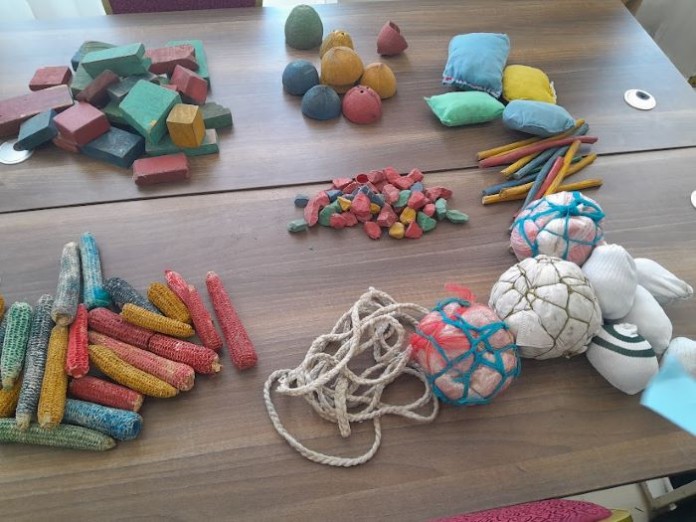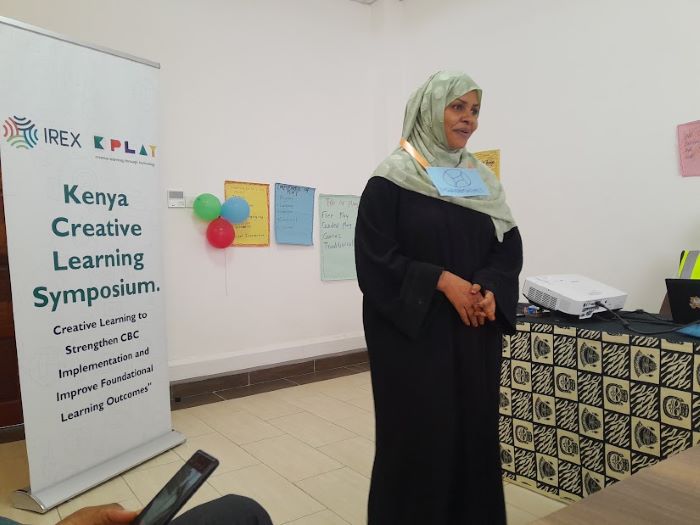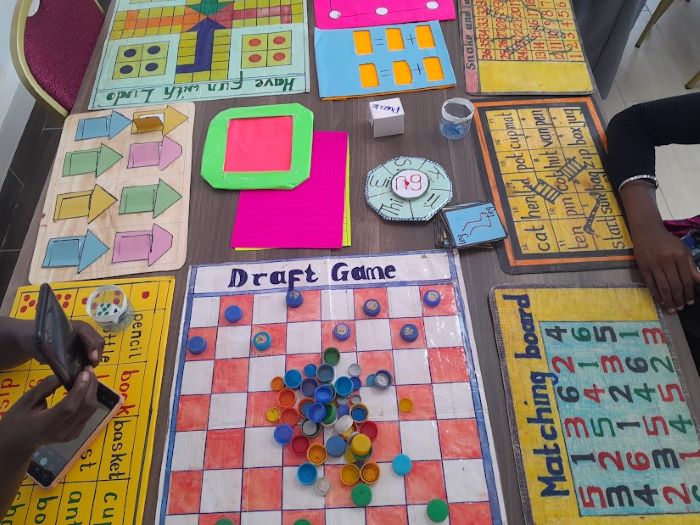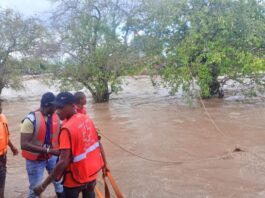‘Your child is playing too much in school‘, are words most parents dreaded hearing from their child’s teacher.
But what if Creative Learning and ‘PLAY’ is just what is needed to improve the Kenyan education syllabus?
The traditional learning system mostly involves memorizing content from books, but creative learning is a type of learning where learners build knowledge and develop skills through different activities.
Schools in Kwale and Kilifi counties are introducing creative learning and play to engage their learners through the Kenya Play Project (KPLAY). Learners use both traditional and modern methods of play including technology to foster critical thinking, problem-solving, and creative ideas.
The project being implemented by IREX in Kenya, in partnership with Humans Who Play (HWP) and funded by the Lego Foundation involves building Play Labs (customized school-based spaces for playful interactions and creativity, containing context-appropriate online and offline resources) to engage learners in different types of play to foster creative learning, critical thinking, and problem-solving.
Sarah Beaver is the Senior Technical Advisor of Basic Education Practice at IREX.
“A high-quality education supports all learners, not just some or a few, to have a joyful and rigorous education that lights up curiosity, and joy and rigor go hand in hand with creative learning,” said Sarah during a meeting with stakeholders in Mombasa.
- Items used for creative learning and play./Joyce Jura
- Mwana Mwinyi from Aga Khan Foundation taking participants through the different forms of play that foster creativity./JOYCE JURA
Creative learning brings together four Ps: Passion, Projects, Peers, and Play.
Passion that ignites students’ curiosities and motivates them, projects that allow students to experience success and failure while using critical thinking and creativity to solve a real-world problem and peers because learners collaborate and socialize, and finally Play, a spirit of innovation and experimentation, and exploring to try something new and to be fully engaged.
“Today’s world is interconnected and always changing, we are facing many challenges so learners need these skills and competencies to not just survive but thrive,” said Beaver.
Alice Nyakiongora, Assistant Director in the Directorate for Policy, Partnerships and East African Affairs at the Ministry of Education says Creative Learning is going to breach and improve the Kenyan curriculum that has been under review.
Nyakiongora said that creative learning helps learners, not only to learn to succeed in education but also to think for themselves.
“When you integrate creative learning in our system, you create a dynamic and stimulating learning environment that nurtures the student holistically and they foster not only academic excellence but also creativity and critical thinking. They also learn more about problem-solving,” said Nyakiongora.
The Presidential Working Party on Education Reforms looked into foundational learning focusing on three main areas which are referred to as the pillars of foundational learning, i.e. the 21st century learner, the 21st century educator, and the 21st century classroom.
Dr. Eng. Robert Juma Wamalwa is a member of the Presidential Working Party, he says foundational learning has to be broad-based.
“With education, you cannot start from the top, it has to start from the base with what we call foundational learning and this is where creative learning is part and parcel,” said Dr. Eng. Robert Juma Wamalwa.
So who is the 21st century learner?
“The 21st-century learner is a learner who should be in a position to understand and to have a broader base in basic literacy, numeracy, and transferrable skills, and this is an area we have to focus on because we want to expose the learner’s potential for development, especially in the world now,” said Dr. Wamalwa.
Based on Sustainable Development Goals (SDG no.4, Ensure inclusive and equitable quality education and promote lifelong learning opportunities for all) utilization of local resources to drive development for competency is key.
“When we talk about 21st century educators, now we call them facilitators not teachers, because they are also learning with the learner,” said the Engineer.
“Applicability of learning to problem-solving embraces the idea of empowering parents and engaging them. Inculcating values in learners and also solving pertinent contemporary issues as they come up and that is based on critical thinking and creative learning,” he added.
So how can we sustain creative learning in our syllabus?
“Government, teachers, caregivers can make a difference but when all stakeholders in the education come together, the learning shifts are sustainable and we are a step closer to all children having an excellent education,” said Sarah Beaver.
The Ministry of Education should also ensure that what is being done in the country when it comes to creative learning is in tandem with the needs of Kenyans and even the international community.
As Early Childhood Development Education is a devolved function, counties should ensure they put in place the right policies that will aid learners achieve 21st-century learner status. Teachers should also be re-tooled to transform them into facilitators.
Dr. Wamalwa, however, says some counties do not take ECD learning seriously and that is why they hire unqualified teachers and classes are in a dilapidated state.
“They’ll take someone who is not trained and put him in class to train the young learners, and by doing so, at the end of the day, the learner achieves nothing. So, the 21st-century learner is not getting what he/she is supposed to get,” he said.
“The type of classroom we have does not match the 21st-century classroom. That is a very big challenge that we have. The classrooms are not equipped to meet the 21st-century classroom,” he added.
Play can be designed to help learners grasp content. Learning through play can be done when the activity is;
Joyful: Embraces uncertainty, surprise, purposeful risk, curiosity, and positive experiences which are linked to learning.
Meaningful: Ensures that learning is important, useful, and valuable within a local context, the learners can create connections by exploring what they have seen, done, or observed others do.
Actively Engaging: Actively engaging play values deep and consistent engagement with complex issues, the mental immersion and the ability to stay focused while learning are important.
Socially Interactive: Activities that emphasize learning as a collaborative process, learners communicate their thoughts and understand others through direct interaction and sharing of ideas. They build deeper understanding and more powerful relationships.
Iterative: Adapts and responds to change by trying out different ways and possibilities to solve the challenges or questions.
In Play Labs, teachers and learners have access to playful learning materials such as modeling clay, paints, balls, skipping ropes, and plain paper. Schools also receive chairs, tables, and mats where learners can sit together and collaborate on projects. They also get internet access through MiFi devices that create hotspots.
Some of the schools in this project include Jezazhomu, Chilulu, Jomo Kenyatta, and Mwamgunga Primary schools.








